Don Wunsch
Mary K. Finley Missouri Distinguished Professor
Electrical and Computer Engineering
- dwunsch@mst.edu
- Phone: (573) 341-4950
- 129 Emerson Hall
Publications:
Resume/CV:
Personal Website:
- Autism Spectrum Disorder Testing
- Reinforcement Learning in Energy Production, Trans., Cons.,& Dist. Control Prob.
- Innovations in Unsupervised Learning (Clustering)
Autism Spectrum Disorder Testing
Single Nucleotide Polymorphism Family-based Association Testing of Clusters of Boys With Autism Spectrum Disorder
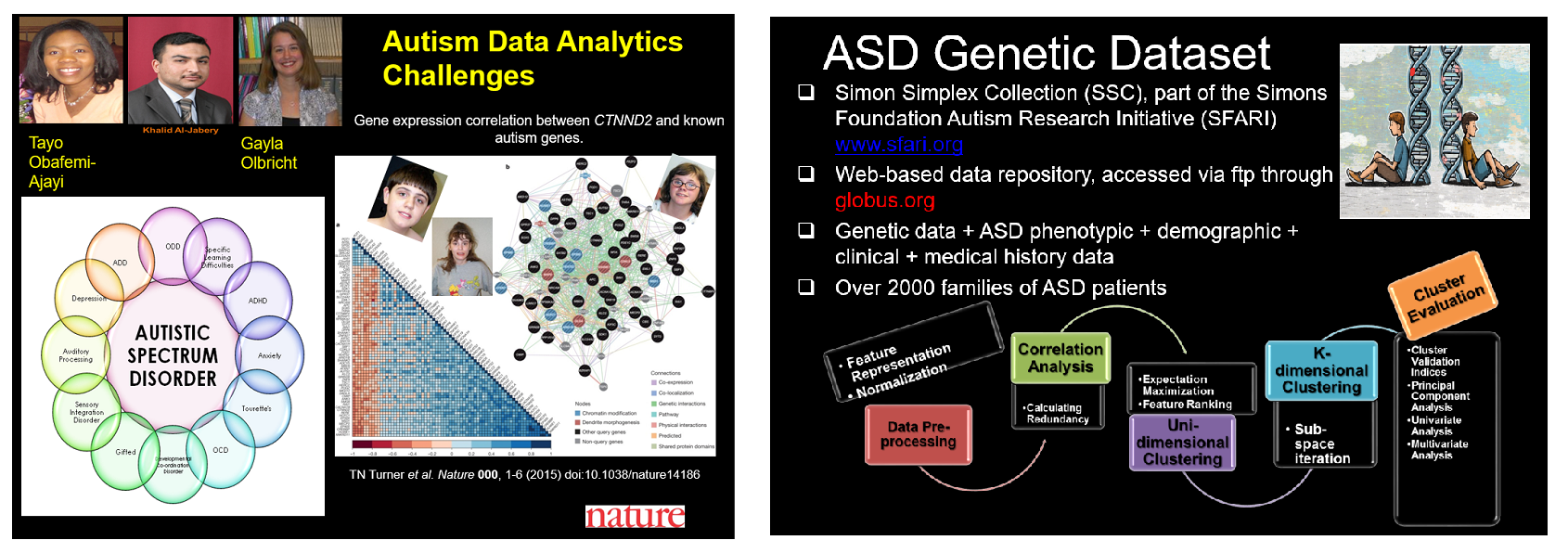
INVESTIGATORS
Obafemi-Ajayi, Olbricht, Germeroth, Settles, Takahashi, Miles, Wunsch
FUNDING SOURCE
NSF
Finley Endowment
PROJECT DESCRIPTION
Gene expression and phenotype analysis of autism spectrum disorder is a challenging data analytics problem requiring the merging of unsupervised learning and statistical assessment techniques, and other novel methodologies. Autism is a singularly challenging and important problem due to its large and expanding patient population and the genotypic and phenotypic heterogeneity.
PUBLICATIONS
- “Genetic variant analysis of facially delineated clusters of boys with Autism Spectrum Disorders using family-based association testing” (submitted)
- “Ensemble Statistical and Subspace Clustering Model for Analysis of Autism Spectrum Disorder Phenotypes,” Khalid Al-Jabery, Tayo Obafemi-ajayi, Gayla Olbricht, T. Nicole Takahashi, Stephen Kanne, Donald Wunsch IEEE Engineering in Medicine and Biology Conference, Orlando, FL, 2016.
- “Sorting the Phenotypic Heterogeneity of Autism Spectrum Disorders: a Hierarchical Clustering Model,” Tayo Obafemi-Ajayi, Dao Lam, T. Nicole Takahashi, Stephen Kanne, Donald Wunsch, IEEE Conference on Computational Intelligence in Bioinformatics and Computational Biology, August 12-15, 2015, Niagara Falls, Canada.
Reinforcement Learning in Energy Production, Trans., Cons.,& Dist. Control Prob.
Reinforcement Learning in Energy Production, Transmission, Conservation, and Distributed Control Problems
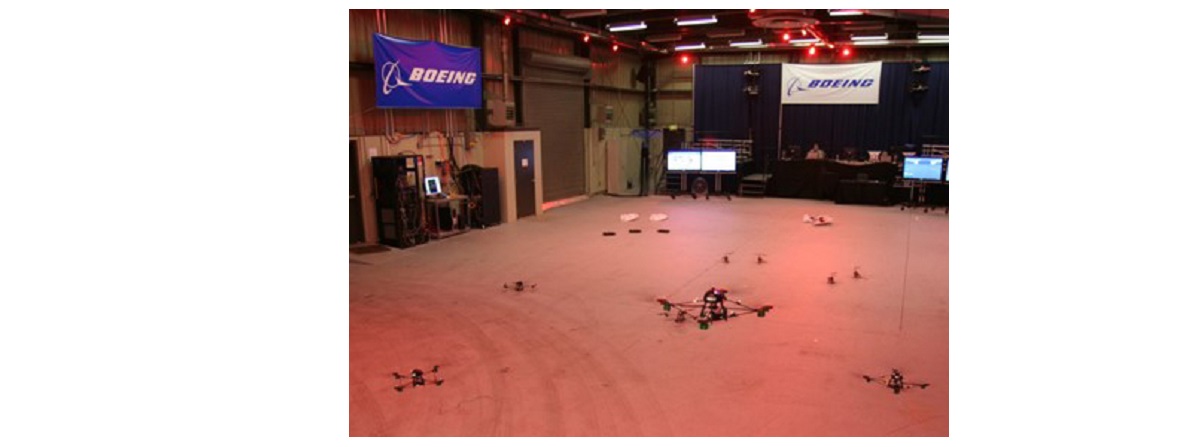
INVESTIGATORS
Wunsch, Li, Fairbank, Alonso, Yang, Al-Dabooni, Melton
FUNDING SOURCE
NSF
Chinese Academy of Sciences
Iraq Ph.D. Fellowship in Energy
Missouri S&T OURE Program
PROJECT DESCRIPTION
Advances in reinforcement learning are enabling approaches to problems that were too challenging even a few years ago. This has enabled improvements in smart grid components, turbogenerators, blast furnaces, and smart vehicles (individually and in swarms).
PUBLICATIONS
- "Training Recurrent Neural Networks With the Levenberg–Marquardt Algorithm for Optimal Control of a Grid-Connected Converter," X. Fu, S. Li, M. Fairbank, D. C. Wunsch and E. Alonso, in IEEE Transactions on Neural Networks and Learning Systems, vol. 26, no. 9, pp. 1900-1912, Sept. 2015.
- “Artificial Neural Networks for Control of a Grid-Connected Rectifier/Inverter under Disturbance, Dynamic and Power Converter Switching Conditions,” Shuhui Li, Michael Fairbank, Cameron Johnson, Donald C. Wunsch, Eduardo Alonso, and Julio Proano, IEEE Transactions on Neural Networks and Learning Systems, Vol. 25, No. 4, April 2014, pp. 738-750.
- “Real-time mission planning,” E.W. Saad, S.R. Bieniawski, P.E.R. Pigg, J.L. Vian, P.M. Robinette, D.C. Wunsch, U.S. Patent 9064222, Applied for May 14, 2010, issued June 23, 2015.
Innovations in Unsupervised Learning (Clustering)
Innovations in Unsupervised Learning (Clustering)
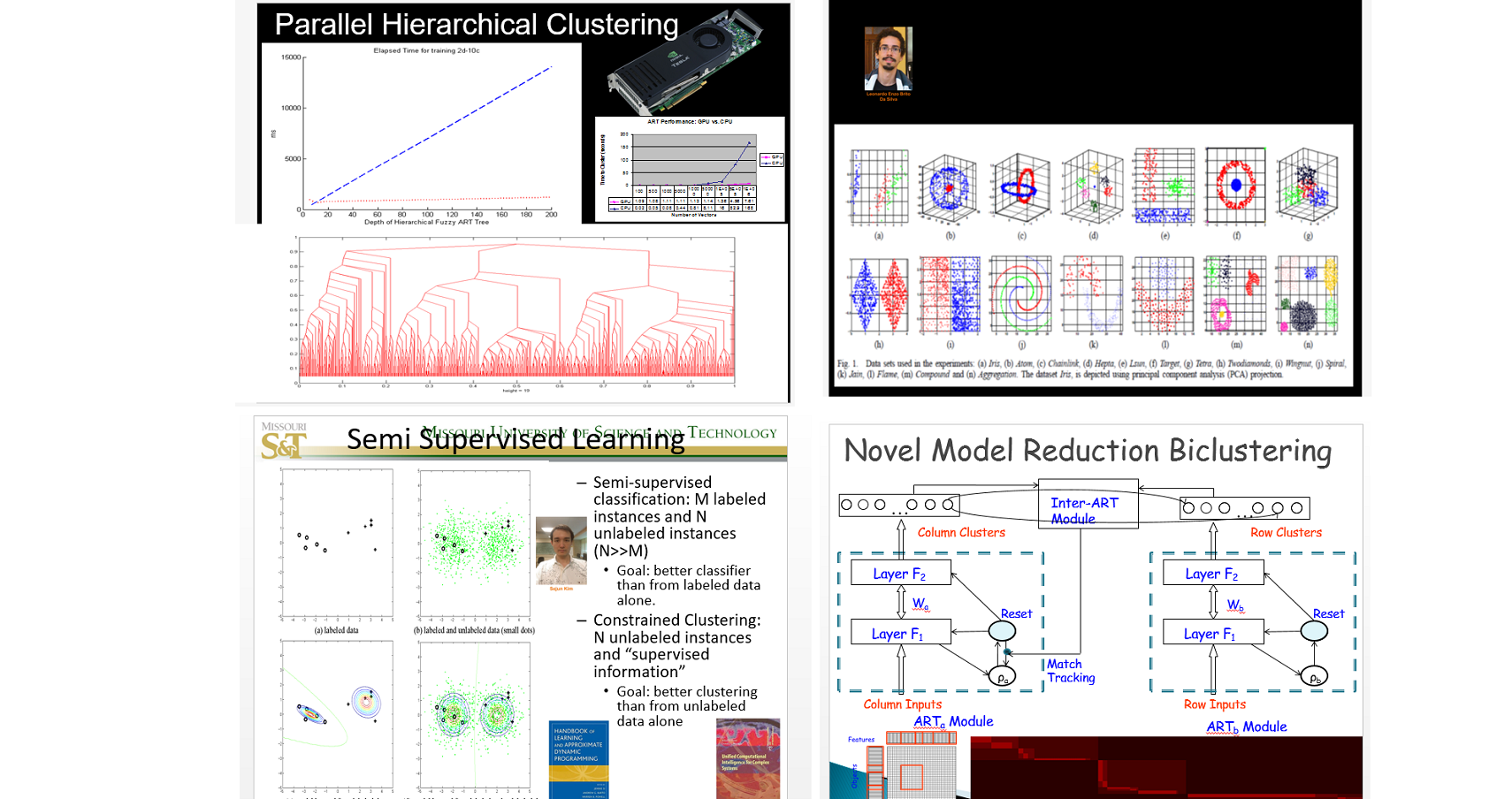
INVESTIGATORS
Wunsch, Brito de la Silva, El-Nabarawy, Kim, Lam, Wei, Meng, Tan, Al-Dabooni
FUNDING SOURCE
NSF
CAPES Foundation, Brazil Ministry of Education
A-Star, Singapore
PROJECT DESCRIPTION
Variable cluster topologies, are needed for many applications but most algorithms don’t achieve them, and those that do are often computationally infeasible. Distance metrics in clustering also need improvement. Clustering is also often used for tessellation of a data space but is more useful when it accomplishes model reduction, which is a separate subfield of subspace clustering or biclustering. Many novel capabilities have been recently achieved and further ones are under development.
PUBLICATIONS
- "Unsupervised Feature Learning Classification With Radial Basis Function Extreme Learning Machine Using Graphic Processors," D. Lam; D. Wunsch, in IEEE Transactions on Cybernetics, vol.PP, no.99, pp.1-8, DOI: 10.1109/TCYB.2015.2511149, 2016.
- "Adaptive Scaling of Cluster Boundaries for Large-scale Social Media Data Clustering," Lei Meng, Ah-Hwee Tan, and Donald Wunsch, IEEE Trans. on Neural Networks and Learning Systems, DOI: 10.1109/TNNLS.2015.2498625.
- "Clustering Data of Mixed Categorical and Numerical Type with Unsupervised Feature Learning," Dao Lam, Mingzhen Wei, Donald Wunsch, IEEE Access, Vol. 3, pp/ 1605-1613, Sept. 2015.
- “Big data – a 21st-century science Maginot Line? No-boundary thinking: shifting from the big data paradigm,” Xiuzhen Huang, Steven F. Jennings, Barry Bruce, Alison Buchan, Liming Cai, Pengyin Chen, Carole Cramer, Weihua Guan, Uwe KK Hilgert, Hongmei Jiang, Zenglu Li, Gail McClure, Donald F. McMullen, Bindu Nanduri, Andy Perkins, Bhanu Rekepalli, Saeed Salem, Jennifer Specker, Karl Walker, Donald Wunsch, Donghai Xiong, Shuzhong Zhang, Yu Zhang, Zhongming Zhao and Jason H Moore, Journal of BMC BioData Mining, Vol. 8, No. 7, February 2015.
- "Fuzzy Adaptive Resonance Theory, Diffusion Maps, and their applications to Clustering and Biclustering," Steven Damelin, Y. Gu, Donald Wunsch, and Rui Xu, Mathematical Modelling of Natural Phenomena: Special Issue on Model Reduction Across Disciplines in Honor of Alexander N. Gorban, Vol. 10, No. 3, 2015, pp. 206-211.
- “Methods and systems for biclustering algorithm,” R. Xu, D.C. Wunsch, S. Kim, U.S. Patent 9043326 Filed January 28, 2012, claiming priority to Provisional U.S. Patent Application, January 28, 2011, issued May 26, 2015.

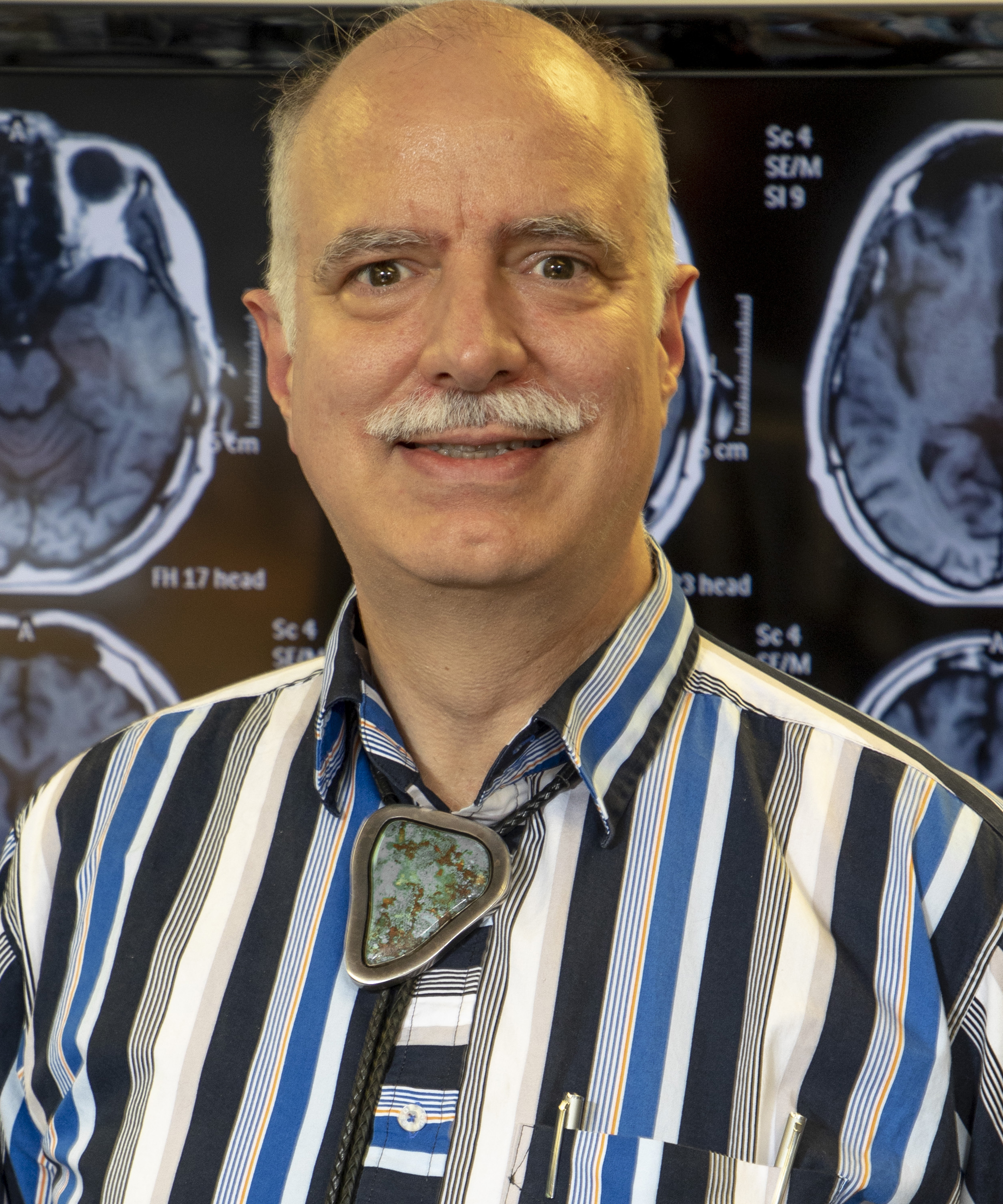
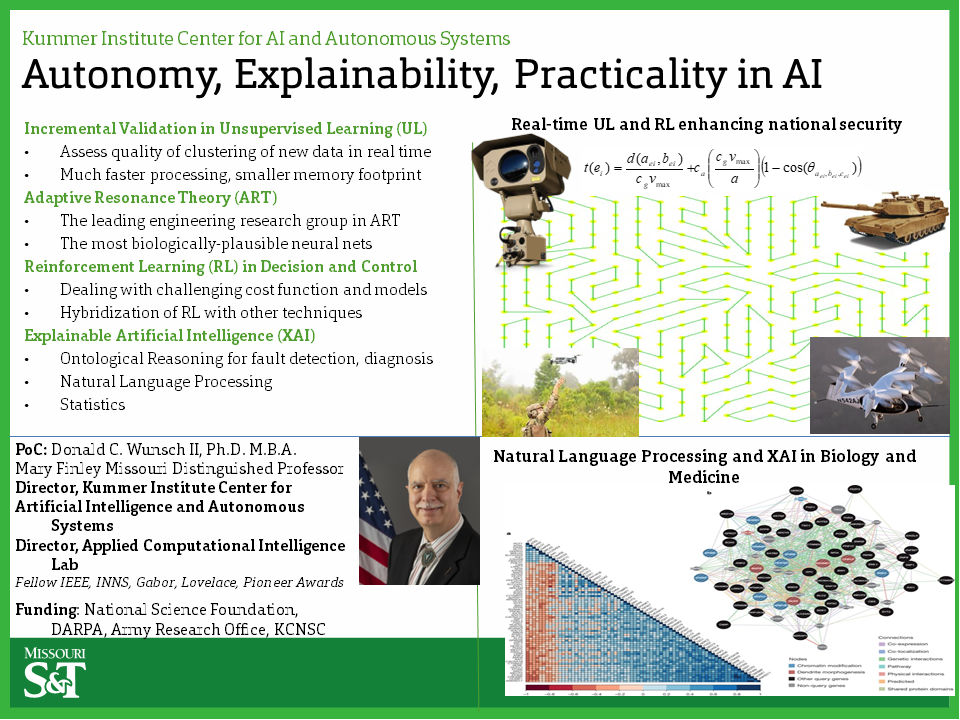
Follow Intelligent Systems Center